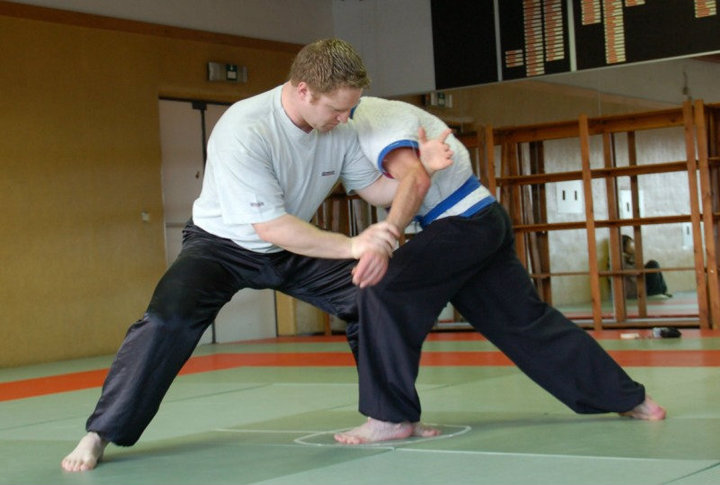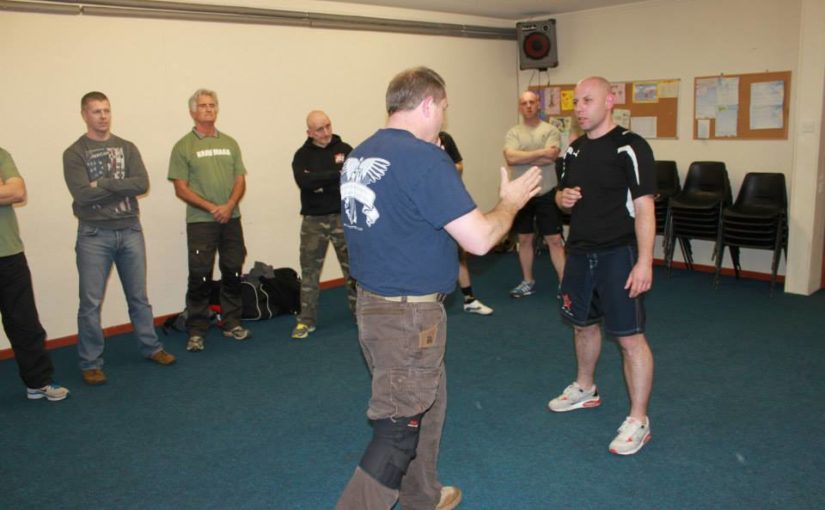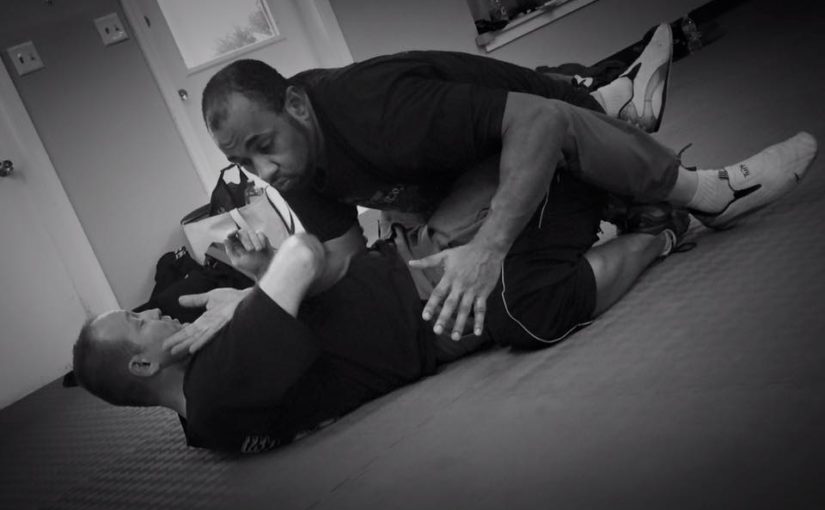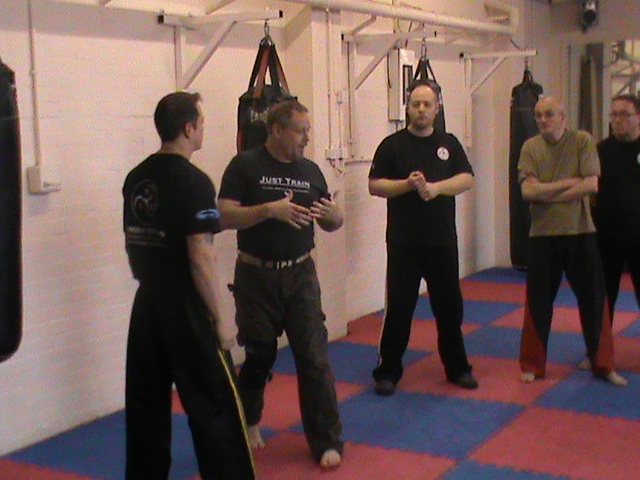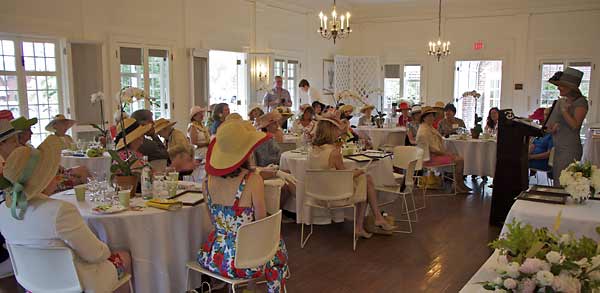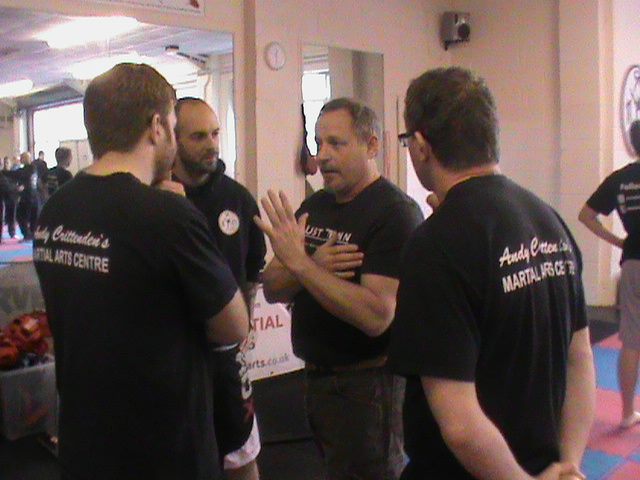This article is about and for Garden Club Ladies. You almost certainly know one; perhaps she’s your mother, your aunt, your sister, your grandmother. Perhaps she’s even yourself.
When I described this demographic to a friend and asked if they were a part of her culture too, she instantly responded: “Oh, yes. The matriarchy is alive and well here.” As my friend understands, Garden Club Ladies run the world. Oh, not unassisted, of course: it also takes farmers and carpenters and plumbers and shopkeepers and investors and more, to keep the wheels of our modern culture spinning along at pace. But Garden Club Ladies run their communities, and no doubt about it.
A Garden Club Lady in America drives a luxury SUV – a four wheel drive Lexus or BMW, perhaps even a Mercedes. She’s a retired professional woman, or a lifelong housewife married to an executive or successful business owner. She uses the SUV to haul her pedigreed pup to dog shows and agility trials, or to haul hay for her horses and other pasture pets. She likes her vehicle because it has enough room to conveniently carry her golf bag to her country club, where she plays once a week with a friend before their committee meeting for the charity pro-am golf tournament. She also uses it to collect boxes of clothing for the back-to-school donation drive she organizes every fall, and of course she enjoys having enough room in the back to keep a pair of weeding gloves and a few trowels for her volunteer work at the senior center. In the spring, you’ll find her busy helping the local parks get spruced up before the first big wave of tourism hits, and summer finds her watching over several of the exhibits at the county fair.
She’s a key member of the local Friends of the Public Library and other service organizations like the Elks or Kiwanis or Rotary Club. If her town has a Farmers’ Market, she was among the first to help get it organized and you’ll find her there every Tuesday morning helping to set up. One of her pets is a certified therapy dog, so on Wednesdays she’s busy at the nursing home visiting the old folks, and she spends Saturday afternoons at the public library so hesitant young learners can read out loud to her dog. She and her friends also organize meals for anyone they know who might be in trouble or in need, and they provide the endless succession of casseroles and three-bean salads that grace every potluck from one end of the country to the other.
The details might change. The Garden Club Ladies never do. They might be as young as 45 or as old as 85, but however old or young they are, they share several key characteristics:
- They are wealthy by the standards of their communities.
- They look wealthy: they drive luxury cars, wear expensive clothes, and like to be seen sporting the diamond tennis bracelets and other fancy jewelry they’ve amassed over the years.
- They spend most of their waking hours in public. They are the first to arrive to set up local festivals, and the last to leave after dark when the event is over.
- They are not young (except in their thinking).
- They are female.
What do the Garden Club Ladies have to do with us, you wonder? I’m glad you asked! This demographic – female, older, wealthy and community-involved – is a prime victim group for muggers and home invasion robberies. They’re attractive targets for this type of crime because of their obvious wealth, their public visibility, and their age and gender.
Despite these factors, we don’t find many Garden Club Ladies working out in crossfit gyms. The very idea of one of these women joining an MMA or Krav Maga class brings a wry smile. They’re not going to show up for a Critically Dynamic Tactical Operators Carbine class or a training evolution of Extreme Close Quarters Handgun Battle Concepts. So it’s easy to write them off as defensive students. Since Garden Club Ladies won’t take “serious” classes, we think, they can’t possibly be serious about self-defense.
It’s a rare self-defense trainer who spends a moment’s thought about getting Garden Club Ladies into class, or who works at providing any classes that might meet their needs. After all, there’s no glory in teaching 60-year-old women how to defend themselves. There’s no glory in it because no matter what you teach these women or how well you do it, they are not going to make you look good by being a beast in the MMA cage, slaughtering the opposition on the competition mat, or dominating all the USPSA events at the shooting club for the next ten years. At best, they’ll still have the bodies and minds of 60-year-old women, though they may stand a little taller and look a little more alert as they carry cookies and juice into the building where the Red Cross blood drive is being held. Where’s the glory in that?
Let’s bring this home to where I live in the firearms training world. If you’re not into firearms, or if they’re prohibited in your neck of the woods, you’ll have to translate this stuff into your own terms. All I can do is tell you a little bit about my own experiences within my own style, and let you take it from there.
The conventional wisdom is that Garden Club Ladies don’t take classes because they aren’t interested in protecting themselves, or because they don’t realize that their lifestyles put them at risk for some types of violent crime. This is not true. Garden Club Ladies experience the same low-level, back of the mind fear of violent crime that nearly all women share, and they cope with it in a variety of ways.
When Garden Club Ladies purchase handguns, their stated purpose is more often self defense than any other reason. But they’re still unlikely to take a class focused on self defense. That’s outside their culture.
Fortunately, that’s changing. Slowly, but it’s changing. It happens sometimes that a group of Garden Club Ladies decides to take a class together. As an instructor, I’ve found myself fascinated by the group dynamics that drive such classes.
For instance, Garden Club Ladies love to feed each other and those around them. Food provides a shared human experience, and it’s often how these women share their love for others. They’re sometimes uncomfortable in venues where people eat together without sharing the burden of providing at least some elements of the meal for each other. I’ve found that whenever I teach a class that includes a lot of women and I tell students to bring a sack lunch, the first GCL who hears the plan will immediately offer to organize either a potluck or a catered lunch for the class. If the plan is to provide a catered meal, that woman and several of her friends will bring homemade cookies or another dessert to share. It’s almost the first thing they want to know about a weekend class: what’s the plan for meals?
When we hear something like this, it’s tempting to believe that these women – focused on frivolities like food! – therefore cannot possibly be serious about learning the skills offered in the class. That’s not actually the dynamic at work here. What these women are doing is helping to create an event that fits into their lifestyles, that meshes with their existing values and personal images rather than clashing with them. They’re not interested in changing their entire lifestyles to accommodate self-defense, but this doesn’t mean they’re uninterested in self defense. It simply means that they’re looking for ways to make learning about self defense fit into the lifestyle they already live and love.
When we reject these efforts to make the learning experience more closely match our students’ lived experiences, we’re actually rejecting the students themselves. We’re saying that it’s not enough for Garden Club Ladies to learn how to defend themselves as the people they are; they have to instead become someone else entirely. That’s not an attractive proposition, so it’s hardly surprising when potential students aren’t much attracted to it. Instead of fighting the Garden Club Ladies’ social expectations, how much better it would be to leverage their existing culture into a powerful force to drive these students to attend good training and practice together after class.
What else helps and hinders Garden Club Ladies and their willingness to attend serious training classes? Of course, one thing that keeps these students away is the usual excuse common to all students: money and time. Let’s examine those more closely.
Garden Club Ladies have a great deal of disposable income, and they spend it freely on products and events that are important to them. We can see by the clothes they wear that they’re as willing to spend their money on themselves as on other people. These women like to feel good about their purchases, and they feel good when they buy things praised by their peer group. This is true whether those things are tangible goods they can show off, or intangibles such as donations to charity events with public recognition. When the local GCL culture decides that training in self-defense is a socially laudable endeavor, Garden Club Ladies cheerfully invest in it.
Time is a paradox for Garden Club Ladies. Retired or working part-time volunteer jobs, they usually have plenty of opportunity to arrange their schedules around important events. But because they are so involved in their communities and charity work, finding time to attend a firearms training class can be a big deal. Plans have to be made a long time in advance, and should not conflict with the Garden Club’s annual tour of homes that raises funds for cancer research or with any other big local fundraiser. (Alternatively, the class should be scheduled on a weekend that coincides with the charity event, and donate a percentage of proceeds to it. Ask a Garden Club Lady to figure out the logistics that will make that work, then stand back as she mobilizes the matriarchal army to make it so.)
When a GCL says she doesn’t have enough time or money for a training class, it means she doesn’t believe she’ll receive enough value from the event to offset her investment. This demographic does understand the worth of both money and time. They won’t waste either one on anything that doesn’t provide an equal amount of value. “Value” here is measured in social status as well as in more tangible factors such as transportation or nutrition. Keep that in mind; when someone in this demographic suggests something you might consider frivolous as an addition to the class, they’re often trying to provide more value as measured by their culture’s standard of value.
When we do get these women into classes, we’re often tempted not to take them as seriously as other students. They’re usually more social and more chatty than fits into the regimented teaching style of most defensive handgun classes. We see them talking with the students around them, visiting with each other and paying attention to each other’s needs rather than grimly focusing on their own targets. We hear them talking and laughing on the breaks, and we think maybe they aren’t taking it as seriously as they ought. Again, this isn’t quite the dynamic that’s happening here.
Some time ago, I was working with students in a women’s shooting class that had around fifteen or twenty students in it. The students were each partnered with another student who would coach them as they fired. Another instructor and I were behind the line along with other trained instructors, all of us ready to help where needed. As we watched the students work together, the other instructor turned to me and gestured toward one particularly animated pair of students. “Those girls aren’t serious!” she hissed. “They’ve been laughing this whole time. Maybe we should break them up so they’ll learn something here.” And indeed, those two students were chatty and laughing, joking about their ability to hit the target and giggling about their errors together. But what my fellow instructor didn’t know was that one of those two women had been violently assaulted just a few weeks before class. She hadn’t come to class to trade jokes with her friend; she had come for the deadly serious purpose of learning how to save her own life, as she had tearfully explained in a heart wrenching conversation we’d had a few days before class started. She and her compassionate friend were doing everything in their power to make it possible for her to learn the material without falling apart.
Instead of fighting the social dynamic, it helps to move with it and use it. By pairing the students, we improved the instructor/student ratio and had the ability to leverage the students’ social instincts to help each other. When the class becomes too chatty or too loud for some students to focus, we can use the same social dynamic in a different way by challenging students to reach a specific goal. Garden Club Ladies want reasons to root for each other and cheer each other on. Setting competitive goals often helps achieve this, and works best with partners or teams competing together. Individual competitions often fall flat because they work against the social dynamic rather than with it, but shared competitions often do the trick.
That brings us to one common accusation leveled at women’s classes in general, which may be even more tempting to apply to classes where Garden Club Ladies attend: they’re too comfortable, with standards too low and no real bar of achievement to earn. Of course, that depends more on the instructor than on any one of the students. If a class full of GCLs fails to bring out each students’ full potential, that’s a failure of instruction and not the fault of the students.
As students, Garden Club Ladies don’t want to be treated like children, don’t want anything dumbed down, don’t want to be condescended to or laughed at (who does?). They do want standards. They do want the standards to be tough and fair and achievable. They want everyone around them to experience success so that they can celebrate their success together, but they want to celebrate it as an earned success – not a sinecure, not a pat on the head of a child, not a participants’ ribbon. They want to earn recognition for skills they’ve worked hard to achieve.
Personally, I believe that if a student has invested the time and money to come to class, they’re serious students no matter what demographic they belong to. Whether they remain so … well, that’s almost entirely up to me as their instructor, and what I do to help keep them engaged with the material and learning more.
Garden Club Ladies aren’t the easiest demographic to teach. Although they aren’t couch potatoes (far from it!), they also aren’t trained athletes or experienced martial artists who understand how to move their bodies for good results in class. They’re sometimes confused by the mechanics of manipulating the gun, and they’ll talk everything over – endlessly! – if you let them. They can be frustrating students and there’s very little glory in teaching them within the macho culture of the self-defense community as it stands today.
But if you’re teaching because you want to help real people learn to protect themselves from violent crime, there’s nothing like the satisfaction that comes from working with this demographic.
And the food is usually excellent.

